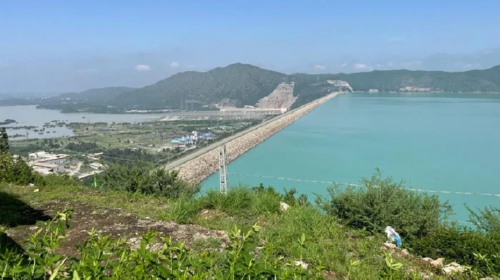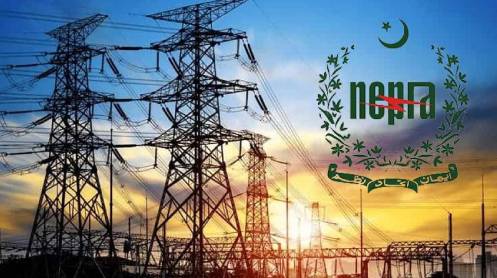The country’s major water reservoir, Tarbela Dam, on Saturday attained its maximum capacity of holding water, indicating that there will be enough water available for irrigation of crops in the coming Rabi (winter) season that starts in October with major crops like wheat, barley, lentil, potatoes, onions, tomatoes, etc.
The filling of the dam to its maximum level would also help generate maximum low-cost electricity, thus curtailing price pressure on power consumers. Although, its filling is encouraging for the agriculture sector, at the same time, the high fertiliser prices, especially of DAP, were a serious challenge to farmers as this major input price has doubled in a year and is being sold at over Rs14,500/bag.
The dam has filled to its maximum storage level of 1,550 feet above the main sea level, whereas 5.827 million-acre feet (MAF) of water has been stored in the reservoir. But, ironically, the water-holding capacity of the dam is year-on-year reducing due to silting and another danger is the presence of a delta in the dam, which is fast-moving towards the main infrastructure. The delta currently present at a distance of four miles from the main structure is posing a serious threat and can choke down the irrigation and power generation system. The delta is moving at a speed of a quarter of a mile each year, top officials of the water resources ministry told the Senate Standing Committee on Water Resources a few days back.
Another negative aspect of the Tarbela Dam is that its water-holding capacity has also reduced. In August 2018, when the dam filled to its maximum level of 1,550 feet, its water storage was 6.047 MAF and now in August 2022, its capacity has reduced to 5.827 MAF. In four years, its water-holding capacity reduced by 0.22 MAF.
The Tarbela Dam is considered to be an iconic project for its hydel power and contribution to agriculture. It has been playing its role in the development of Pakistan since 1974 by releasing the stored water for agriculture, mitigating floods and providing low-cost hydel electricity to the national grid. The Tarbela reservoir has a live water storage capacity of 5.826 MAF. Besides, the Tarbela Dam is the biggest electricity generation facility in Pakistan with an installed capacity of 4,888 megawatts (MW), which will increase to 6,418 MW after the completion of the Tarbela 5th Extension Hydropower Project.
The Mangla Dam’s minimum operating level is 1,050 feet while the maximum level is 1,242 feet, and the present level is 1,175.4 feet with a total storage of 2.938 MAF. Chashma’s minimum operating level is 638.15 feet, and the maximum conservation level is 649 feet.





